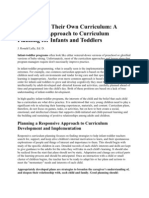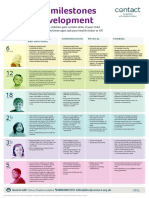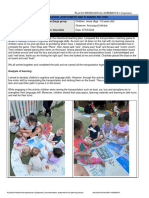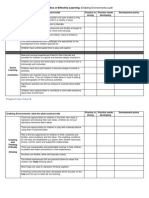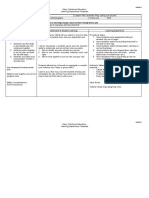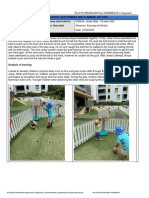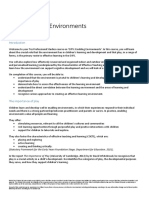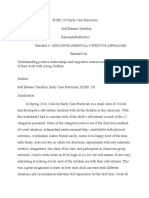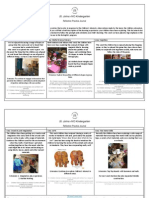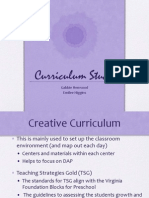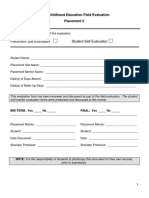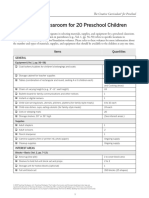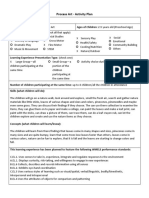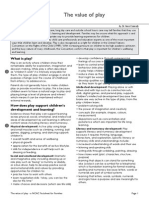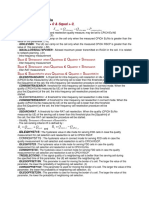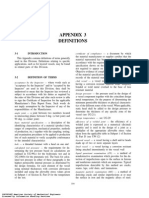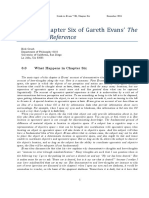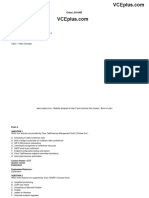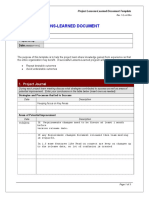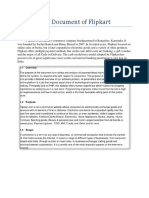0% found this document useful (0 votes)
178 views5 pagesEarly Years Learning Spaces Tool
The document discusses characteristics of age-appropriate pedagogies for early years learning spaces, including ensuring environments are active, agentic, collaborative, creative, explicit, language rich, learner focused, narrative, playful, responsive, and scaffolded. It provides points for consideration in decision making around the social, temporal, and physical environments. The goal is to help teachers reflect on early years learning spaces and possibilities for enacting appropriate pedagogies.
Uploaded by
Vitor Manuel Assuncao CorreiaCopyright
© © All Rights Reserved
We take content rights seriously. If you suspect this is your content, claim it here.
Available Formats
Download as PDF, TXT or read online on Scribd
0% found this document useful (0 votes)
178 views5 pagesEarly Years Learning Spaces Tool
The document discusses characteristics of age-appropriate pedagogies for early years learning spaces, including ensuring environments are active, agentic, collaborative, creative, explicit, language rich, learner focused, narrative, playful, responsive, and scaffolded. It provides points for consideration in decision making around the social, temporal, and physical environments. The goal is to help teachers reflect on early years learning spaces and possibilities for enacting appropriate pedagogies.
Uploaded by
Vitor Manuel Assuncao CorreiaCopyright
© © All Rights Reserved
We take content rights seriously. If you suspect this is your content, claim it here.
Available Formats
Download as PDF, TXT or read online on Scribd
/ 5




